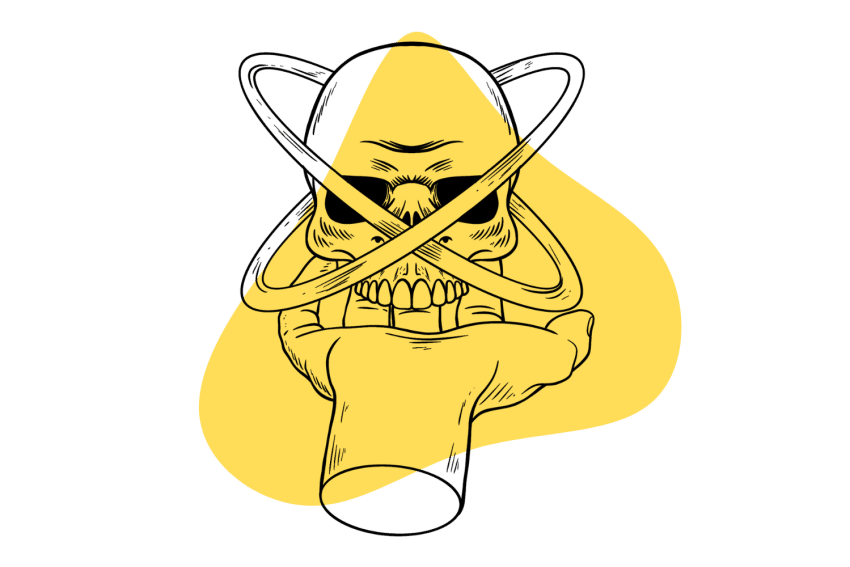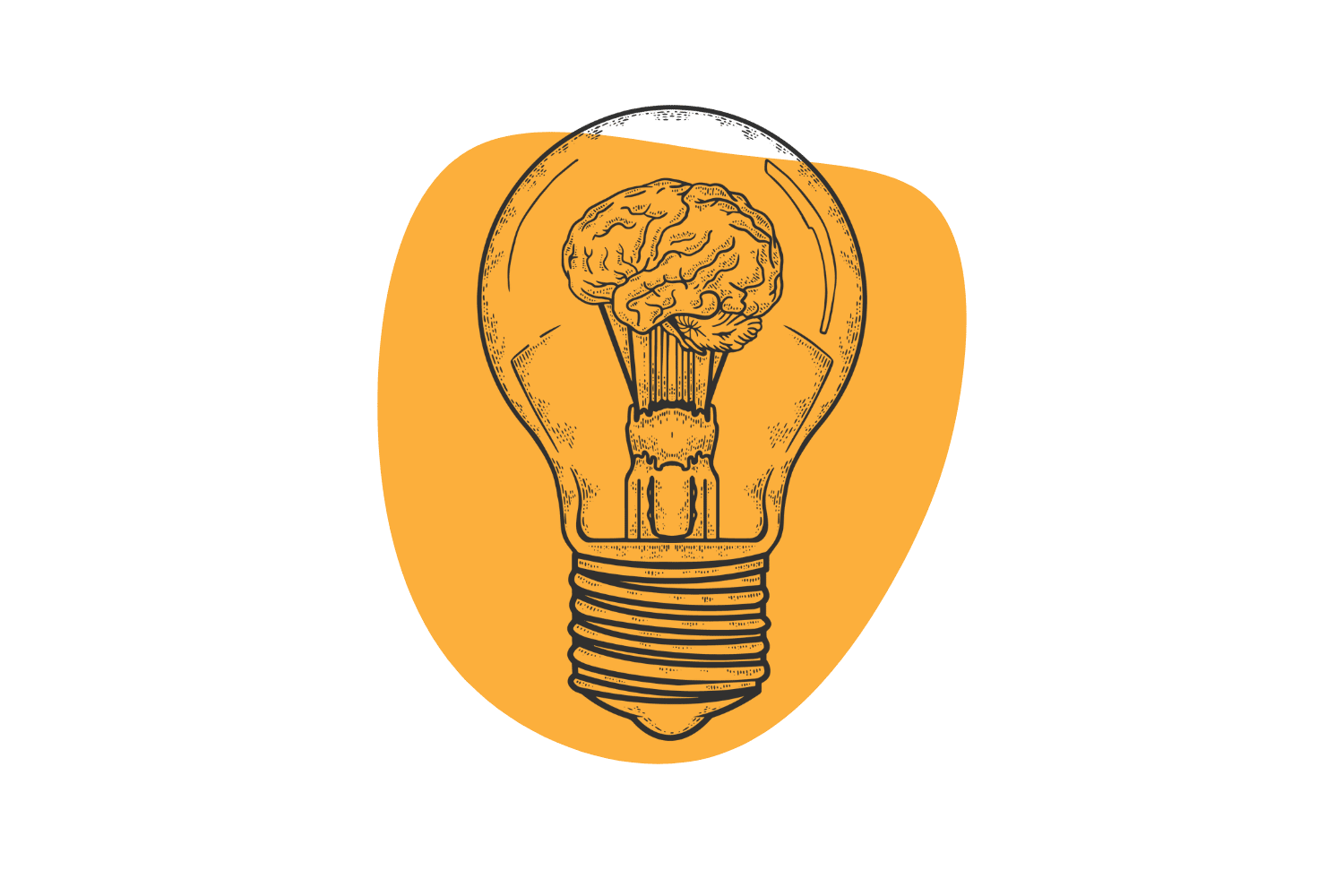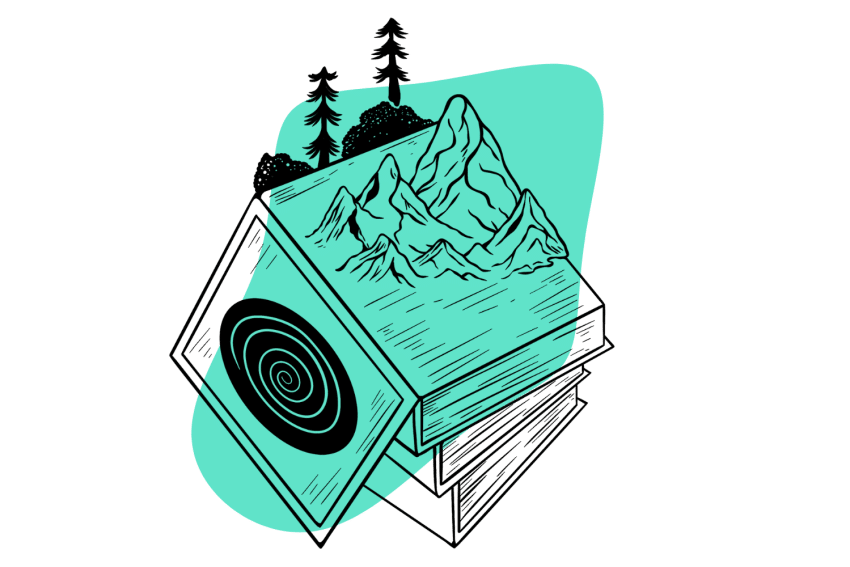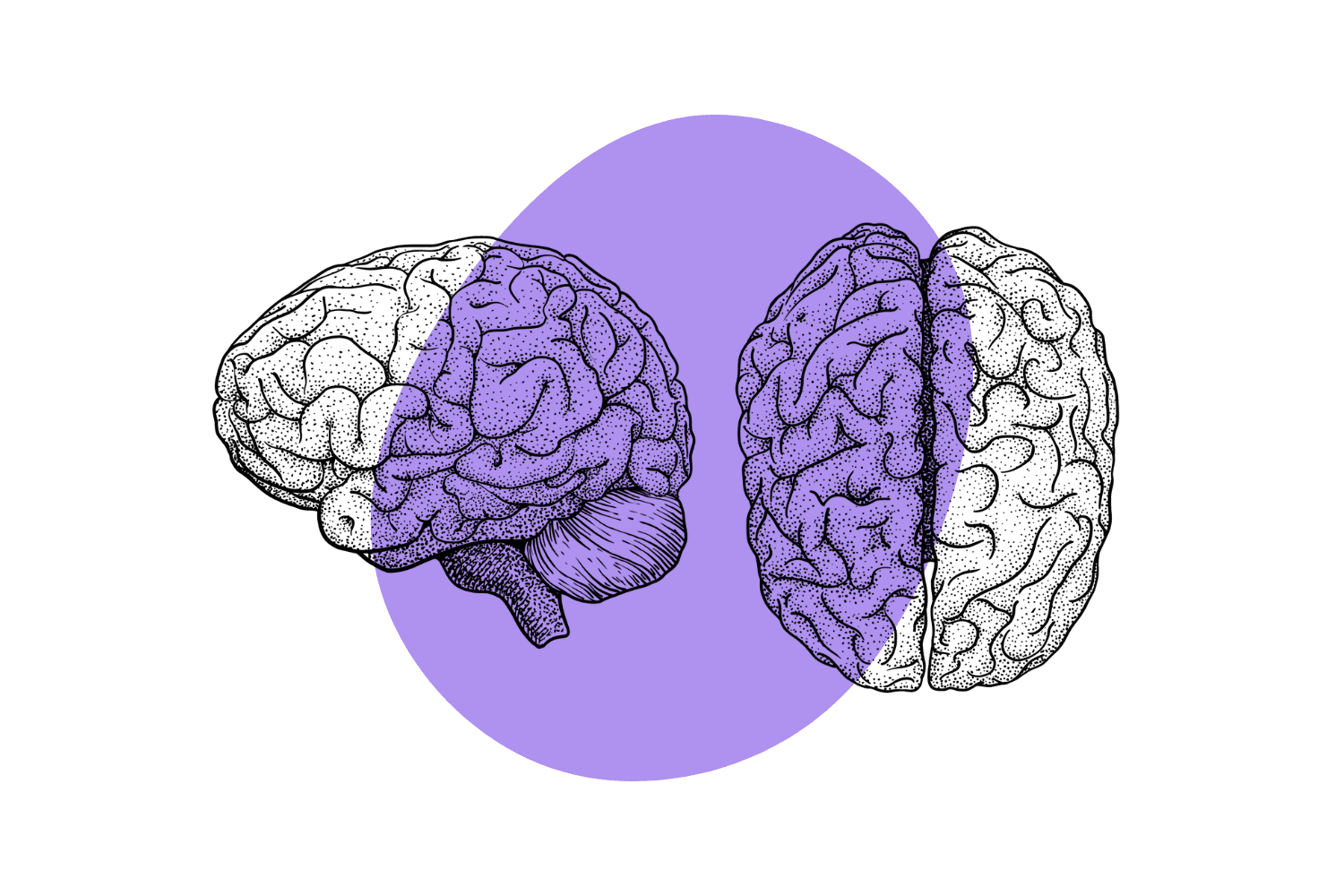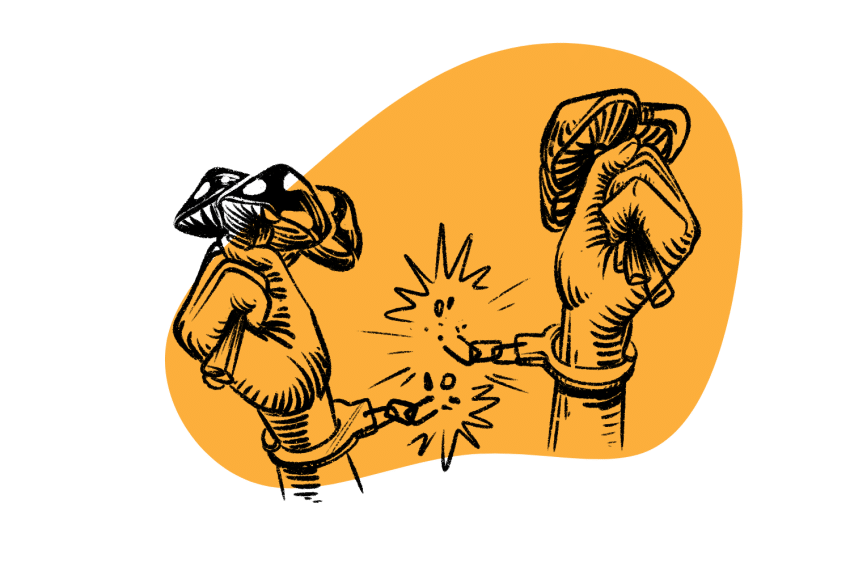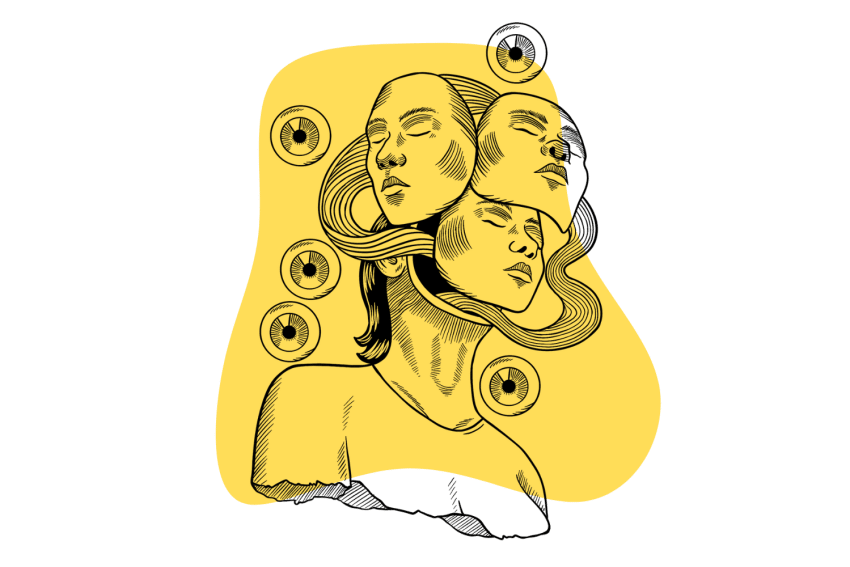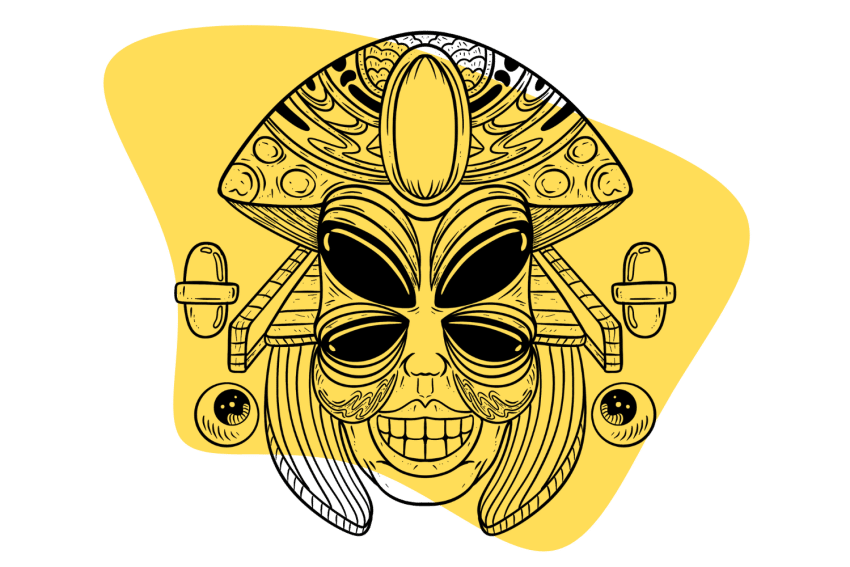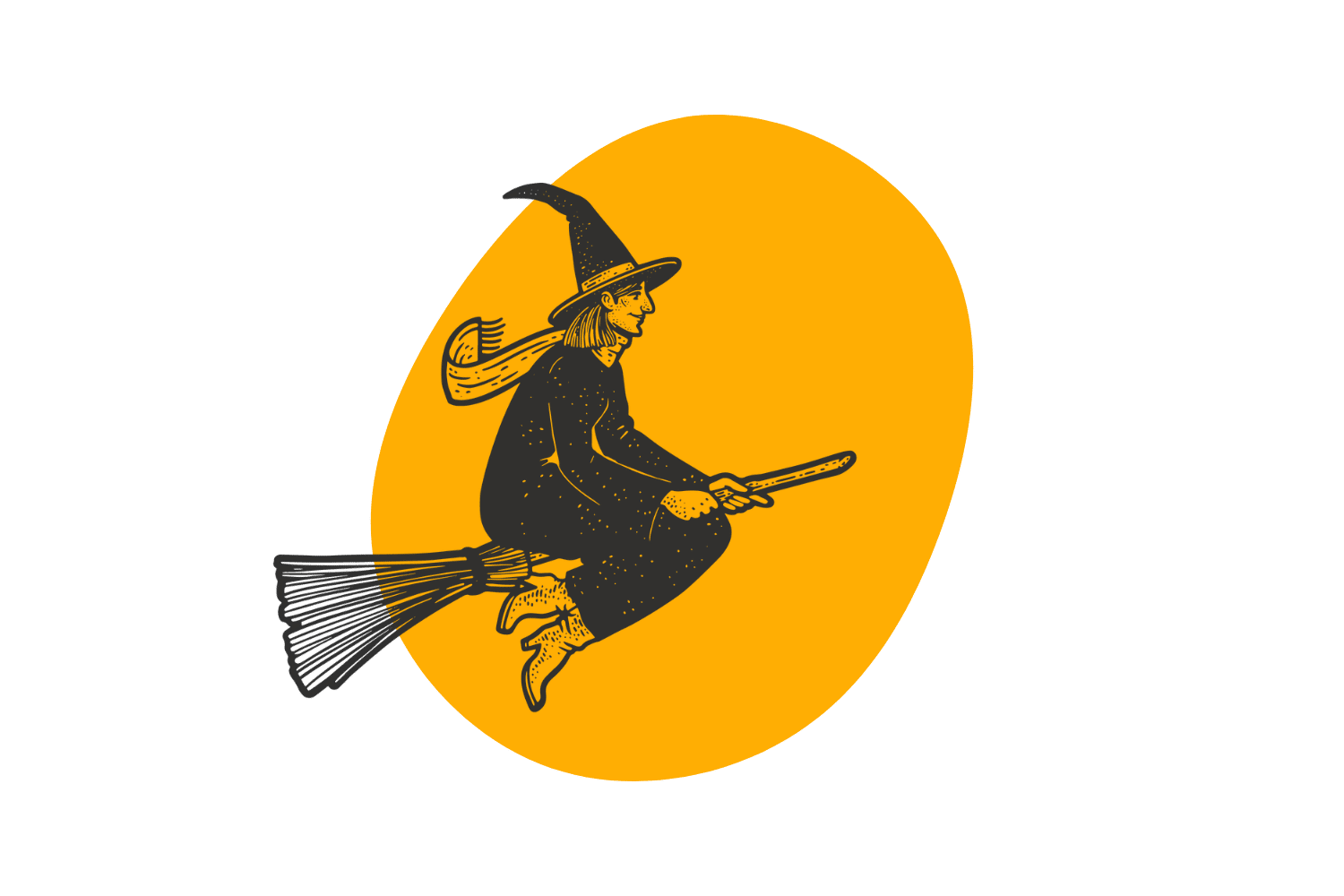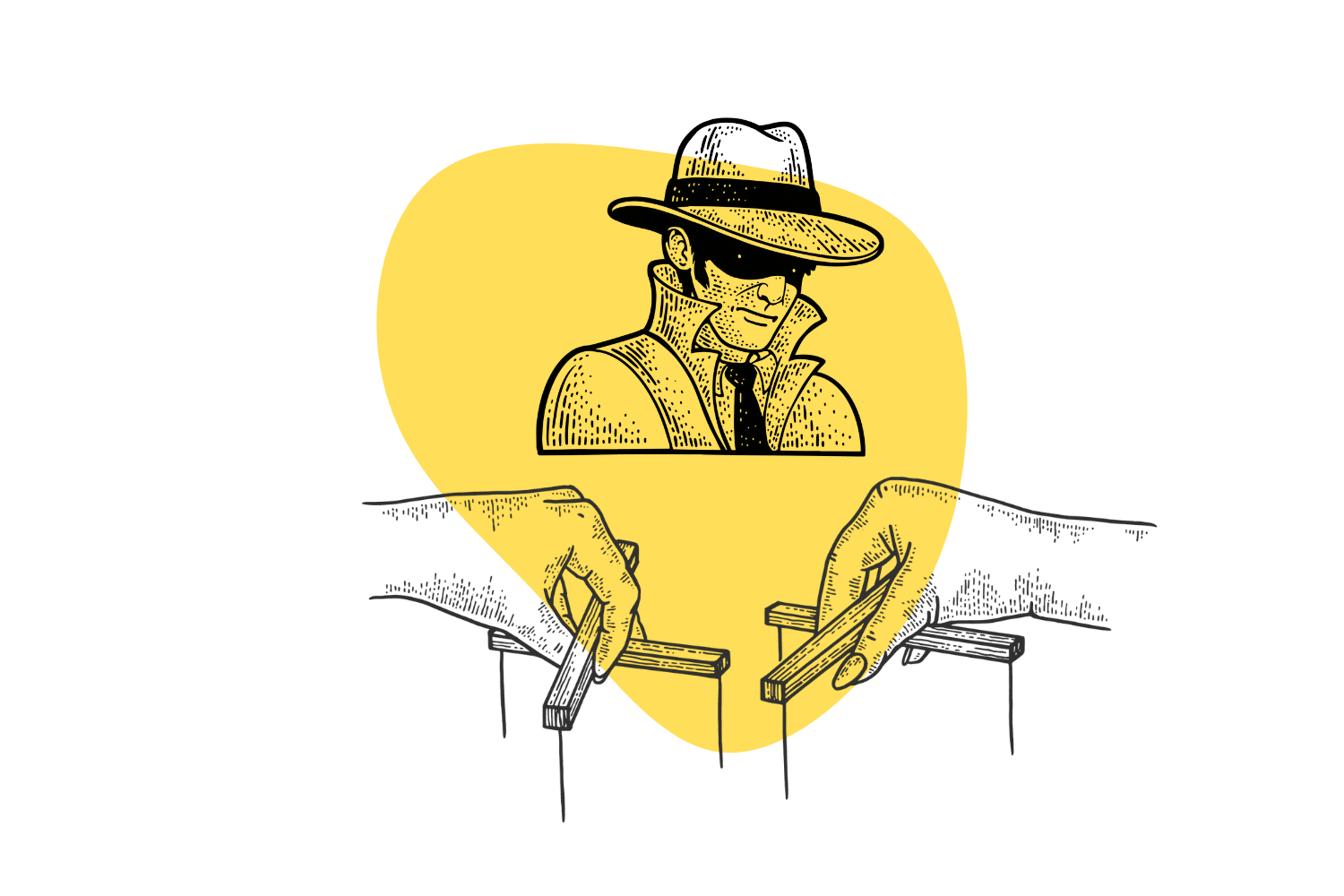Psychedelics For Creativity: How Psychedelics Can Make us More Creative
Can psychedelics be used to unlock our creative potential? Some scientists think so.
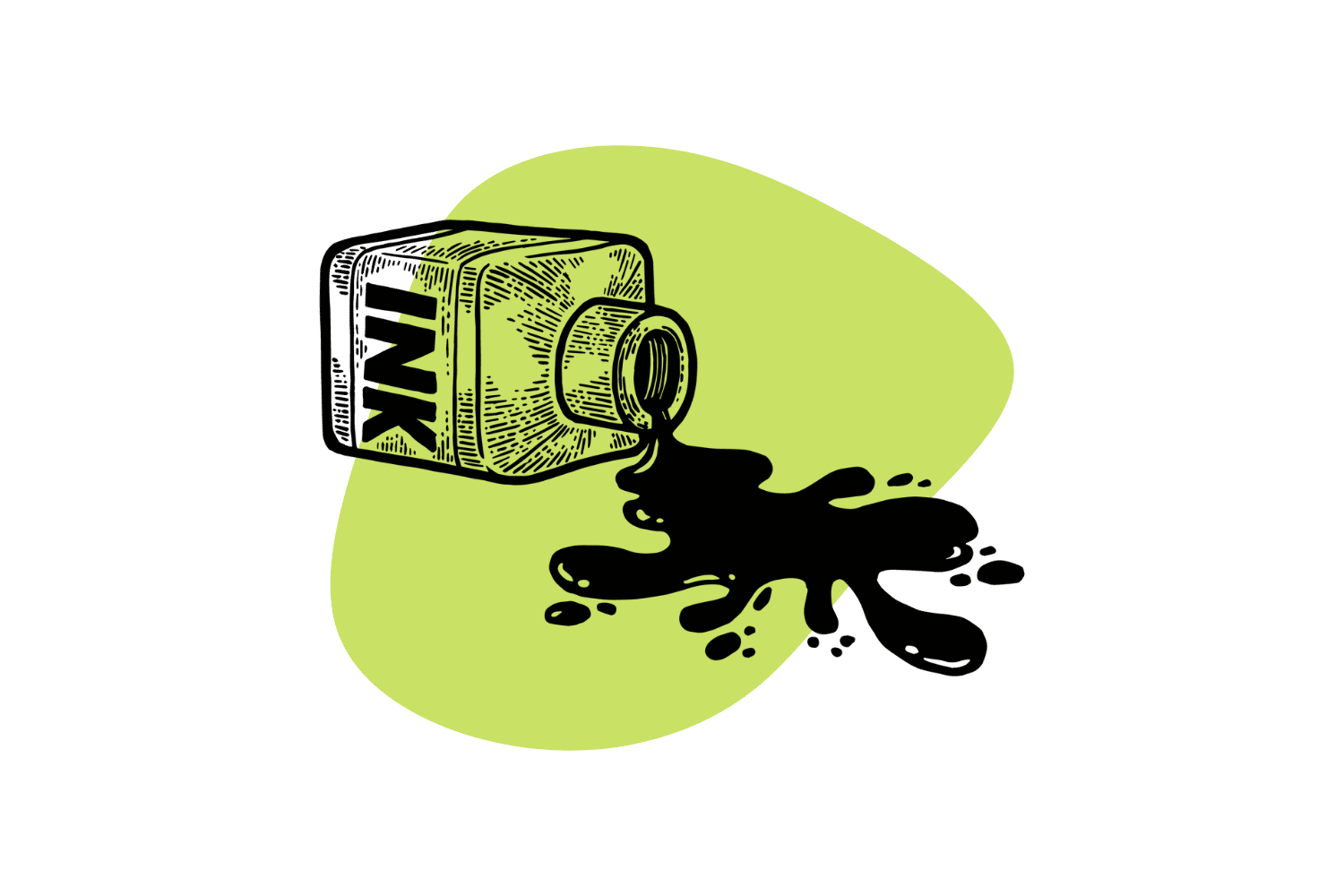
The rise of psychedelics and creativity hit a high during the counterculture wave in the 1960s–70s.
Musicians and artists commended psychedelic experiences for unlocking creative insights. Some of the most influential works of art — from the likes of Jimi Hendrix, The Beatles, Yayoi Kusama, Wes Wilson, and countless others — were directly inspired by psychedelics.
Today, there’s a resurgence of psychedelic use in Silicon Valley, with tech entrepreneurs microdosing psychedelic drugs like LSD and psilocybin mushrooms for facilitating productivity, enhanced focus, and creative breakthroughs.
If creativity is recognized as generating unique ideas, psychedelics may help support the creative process in some surprising ways.
How Psychedelics Enhance Creativity
Psychedelics are thought to boost creativity by increasing entropy (a state of chaos) in the brain and enhancing our capacity for divergent thinking.
Dr. Robert Carhart-Harris put forth a significant theory about why these psychedelic drugs may enhance creativity called The Entropic Brain Theory [3]. Entropy is a term borrowed from thermodynamics that’s used to measure states of disorder and lack of predictability. Under the influence of certain psychedelic compounds, our brain suppresses the highly organized activity of the default mode network (DMN) to force a higher state of entropy.
In a state of entropy, we become more conscious of our feelings, express greater levels of empathy, and have greater subjective feelings towards insightfulness and divergent thinking. This is perhaps why psychedelic users are more prone to creative breakthroughs and why there’s so much interest in the effects of psychedelics on creativity.
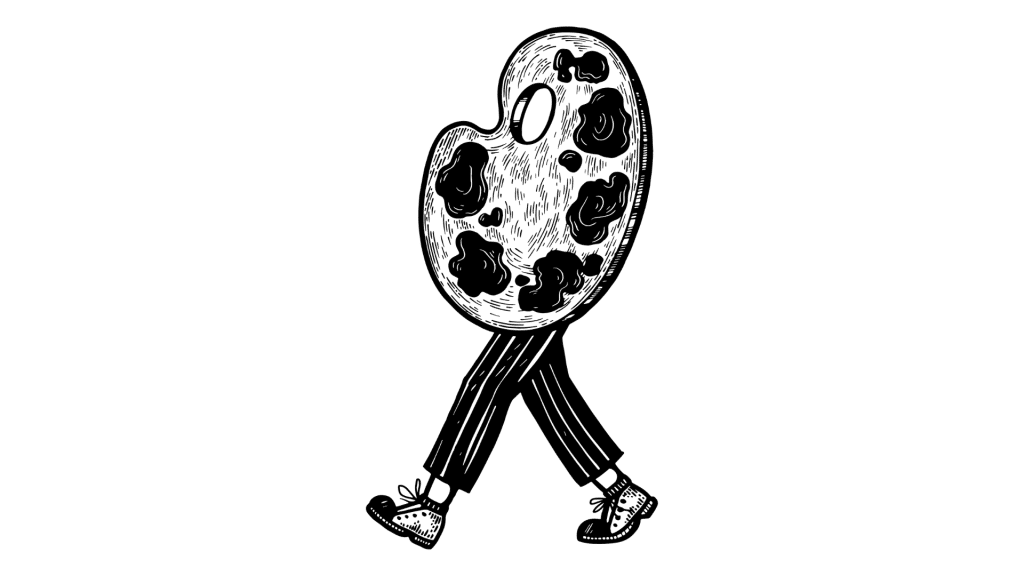
The DMN & Creativity
The DMN is a large-scale brain network that includes the prefrontal cortex, posterior cingulate cortex, inferior parietal lobe, temporal lobe, hippocampus, and precuneus.
The default mode network is responsible for abstract thinking, daydreaming, rumination, projecting the future, and introspection. Some describe it as the “home of the ego” or “the voice in your head.”
As such, the DMN controls the conscious mind and may limit some of the background noise of the subconscious for the sake of efficiency. Doing this is thought to limit the activity of other large-scale brain networks to maintain order and conserve energy.
You can think of the DMN as a reducing valve, regulating pressure control of firing synapses in the brain to reduce distractions. When the DMN is inhibited, information can flow freely from different parts of the brain.
If creativity is about connecting links, psychedelics like LSD, psilocybin, DMT, and mescaline may enhance creativity by suppressing the control of the DMN to allow for more connections to take place.
It’s theorized that in a psychedelic state, we can form new ideas we normally wouldn’t develop because of this free-flowing information that can enhance creative problem-solving abilities.
When it comes to how humans solve problems, researchers examine two types of conscious creativity — convergent thinking and divergent thinking.
Convergent Thinking vs. Divergent Thinking
Convergent thinking is the ability to develop a single optimal solution to a problem, while divergent thinking represents producing multiple solutions to a problem with multiple outcomes.
Convergent thinking is often evaluated in schools using standardized tests in which there is only one possible correct answer (multiple-choice, true or false, and spelling).
Divergent thinking takes up a lot of energy as it often requires multiple skills and experience to arrive at multiple solutions, and it’s less efficient. Researchers hypothesize that when the DMN is inhibited temporarily under the effects of psychedelic drugs, the brain can make connections in a free-flowing state to produce more creative, out-of-the-box ideas.
Even when the psychedelics wear off, the ideas produced in the psychedelic state may persist when the DMN takes control again. In this way, psychedelic drugs have a lingering effect on creativity and problem-solving.
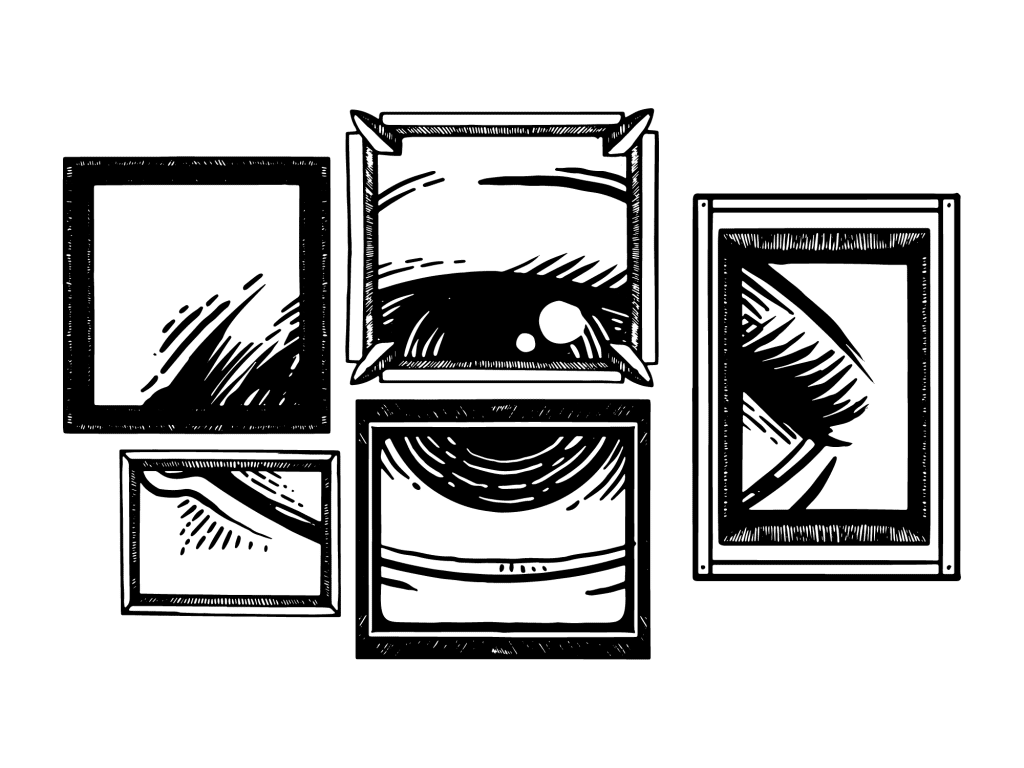
How To Use Psychedelics For Creativity
Prominent psychedelic researcher Dr. James Fadiman is best known for recognizing the benefits of psychedelics and wrote extensively on the safety and optimization of using psychedelic substances for facilitating creative mindstates.
In 1966, Fadiman published his findings from a study called ‘Psychedelics in the Problem-Solving Experiment’ that examined LSD and mescaline’s influence on creative thinking [1].
The observations found that psychedelic experiences seemed to both support and contradict his hypothesis that these compounds could enhance performance while under the influence. However, weeks following the psychedelic experiences, the 27 male participants reported enhanced functioning, reduced symptoms of anxiety and depression, and heightened empathy.
To this day, that study is considered a pillar of research on hallucinogenic drug benefits.
Let’s discuss some of the ways psychedelics are being used to enhance creative thinking.
1. Microdosing Psychedelics For Creativity
Microdosing is a technique that involves taking very light doses (10–20% of a recreational dose) of psychedelic substances to enhance focus, mood, and the creative process.
The doses are sub-perceptual, meaning you don’t enter a psychedelic state — you may even forget that you’ve taken them at all. The effects of microdosing are subtle and may require several days or weeks of use before you’ll start to see any improvement.
There is no one-size-fits-all approach to microdosing. However, Dr. James Fadimanis wrote his personal experiments with microdosing The Psychedelics Explorer’s Guide and offers the following advice:
- Microdose on every fourth day — 1 day on, 3 days off.
- Take the psychedelic in the mornings and stick to your regular daily routine.
This practice works best when combined with other lifestyle changes that facilitate the creative process, such as meditation, journaling, and exercise.
Most of the evidence for microdosing comes from anecdotal reports and survey-based studies. However, clinical research is currently underway in this field.
2. Macrodosing Psychedelics For Creativity
Macrodosing involves taking the dose that leads to a full-on psychedelic experience. This is best for when you need a big idea or you’re stuck on a particular problem.
A recent study of participants attending a psilocybin retreat took a single macro dose of psilocybin mushrooms [2]. Subjects were then asked to complete a series of tests to examine convergent and divergent thinking and empathy. Researchers found that psilocybin enhanced divergent thinking and emotional empathy the morning after the experience and persisted for up to seven days after.
There’s a lot of anecdotal reports to suggest that psychedelic experiences help break the individual from old patterns of thought to generate new ideas and behavioral strategies that remain long after taking the psychedelic drug.
Macrodosing psychedelic drugs shouldn’t be taken lightly.
Common hallucinogens such as psilocybin mushrooms and LSD amplify emotions and alter one’s sense of sound, touch, and sight, so the user must prepare adequately before a 6–12 hour psychedelic experience.
Set and setting (internal and external environment), prior education, and dosing can make or break a psychedelic experience. While psychedelics can have profound spiritual and intellectual benefits, improper use can increase one’s risk of developing psychosis and other mood disorders.
Which Psychedelics Work Best For Creativity?
Psychedelic drugs are a class of hallucinogenic substances whose primary effects bind to serotonin 2A receptors in the brain to trigger altered states of consciousness.
The best psychedelics for creative thinking are classic hallucinogens like LSD, psilocybin, DMT, and mescaline.
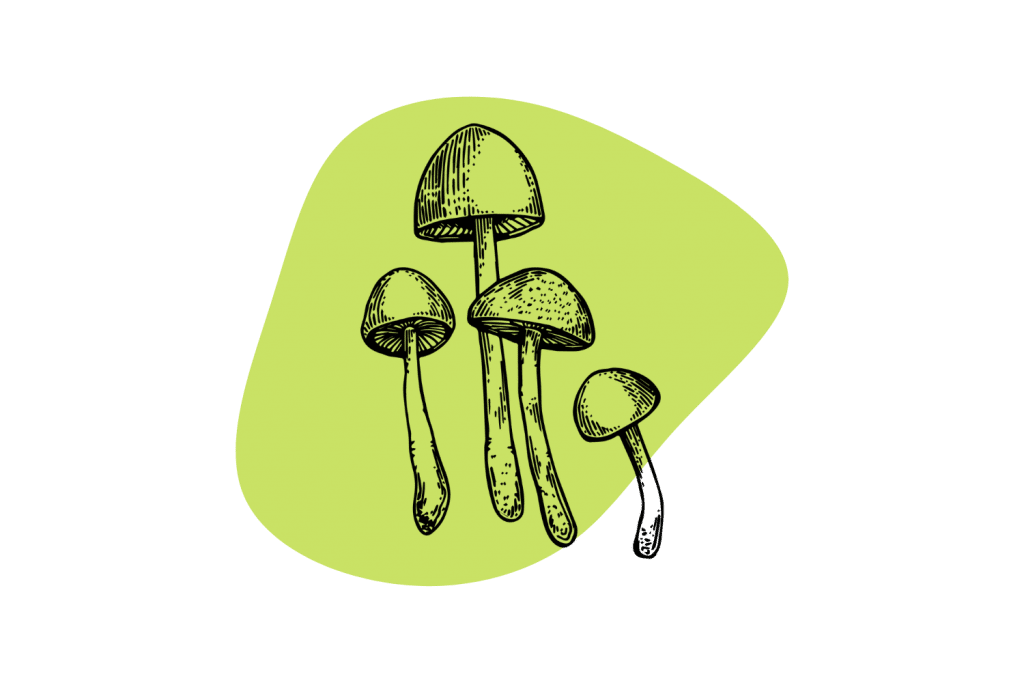
1. Magic Mushrooms For Creativity
Magic mushrooms are the most common compound for producing psychedelic experiences because they’re fairly accessible, easy to use, and there’s plenty of research on its benefits and safety.
Psilocybin and psilocin are the two psychoactive alkaloids that interact with the 5-HT2A serotonin receptors in the prefrontal cortex, which controls perception, mood, and memory.
Magic mushrooms have been shown to reduce the activity of the default mode network while simultaneously increasing the activity of other brain functions, leading to enhanced creative problem-solving.
Higher doses of psilocybin (over 3 grams) are used to induce powerful psychedelic experiences, resetting the DMN. It’s also a popular compound to take in microdoses (up to 0.2 grams) for supporting concentration, focus, and creativity.
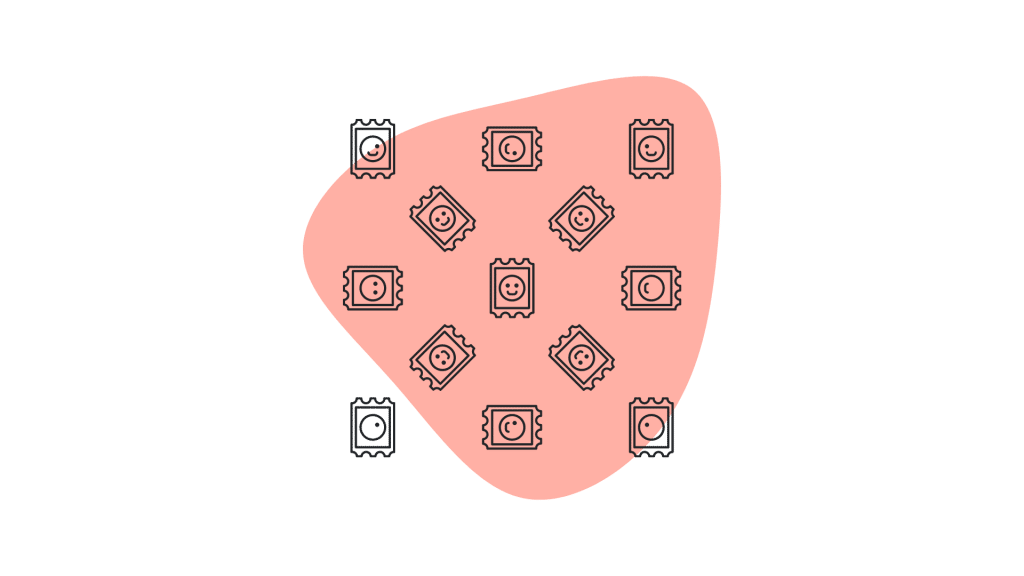
2. LSD For Creativity
LSD or lysergic acid diethylamide is a semisynthetic psychedelic first discovered by Swiss chemist Albert Hofmann. It has very similar effects as psilocybin and psilocin in the brain in that it promotes serotonin 5HT2A receptor activation.
Other analogs of LSD include LSZ, ETH-LAD, PRO-LAD, ALD-52, 1P-LSD, which work in much the same way.
Next to magic mushrooms, LSD is popular for microdosing to enhance mood, focus, and creativity.
One of the most famous examples of how LSD influenced art could be experienced in The Beatles shift in music in their albums Revolver and Sgt. Pepper — which was released in the 1960s after John Lennon and George Harrison experimented with LSD. These albums were inspired by The Psychedelic Experience: A Manual Based on the Tibetan Book of the Dead, written by Timothy Leary, Ralph Metzner, and Richard Alpert. This change in sound is said to represent what LSD felt like.
In standard doses, new research suggests that LSD may also reset the “sense of self” by decreasing some activity in the default mode network and increasing hyper-connections across brain regions, allowing for more divergent thinking [4].
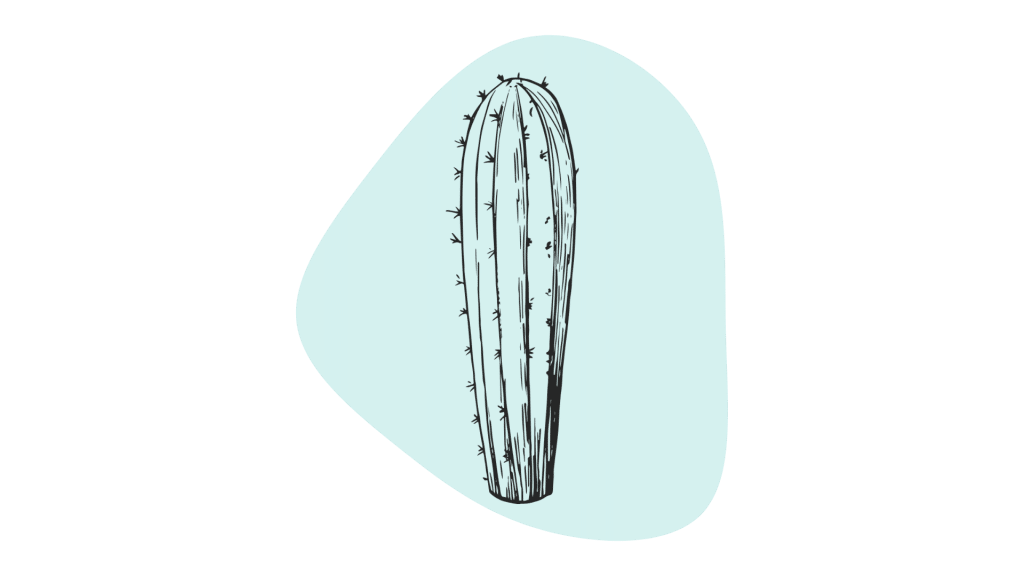
3. Mescaline For Creativity
Mescaline is a naturally occurring psychedelic harvested from several species of North American cacti. Traditionally, it’s used by Native Americans in the United States and Mexico as a sacrament and right of passage.
The psychedelic hallucinations from mescaline have influenced an art style in the Huichol culture of Western-Central Mexico that depicts vivid colors and motifs of contact with ancestor spirits.
Famous author and psychonaut Aldous Huxley brought mescaline into the mainstream when he published his autobiographical book Doors of Perception relating his psychedelic experiences under the influence of mescaline.
Mescaline’s main psychoactive effects come from its ability to activate the 5-HT2A receptor, which is the same mechanism that LSD, psilocybin, and DMT use to induce their effects.
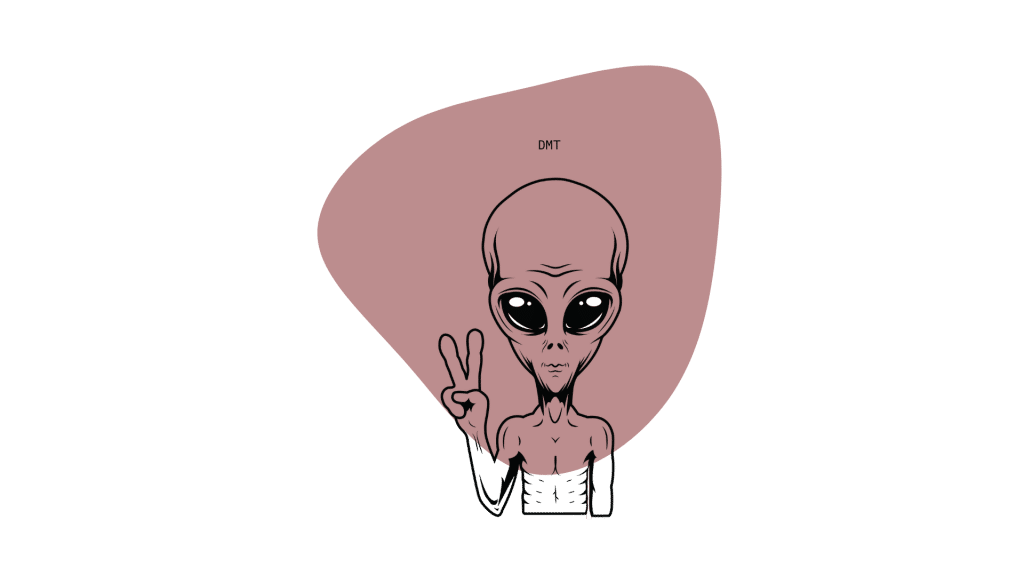
4. DMT For Creativity
DMT or dimethyltryptamine is a naturally occurring psychedelic nicknamed the spirit molecule because of its profound psychedelic experiences that induce intense dreamlike states of consciousness. This compound is also believed to be involved in resetting the DMN and ego dissolution.
DMT is traditionally practiced in the Amazon rainforests as a healing and spiritual ritual in the form of ayahuasca — a traditional DMT-containing brew of two or more rainforest plant species.
A common motif among people under the influence of DMT is the interactions with non-human beings or DMT elves who have been suggested to be the purveyor of information while traveling to the DMT realm.
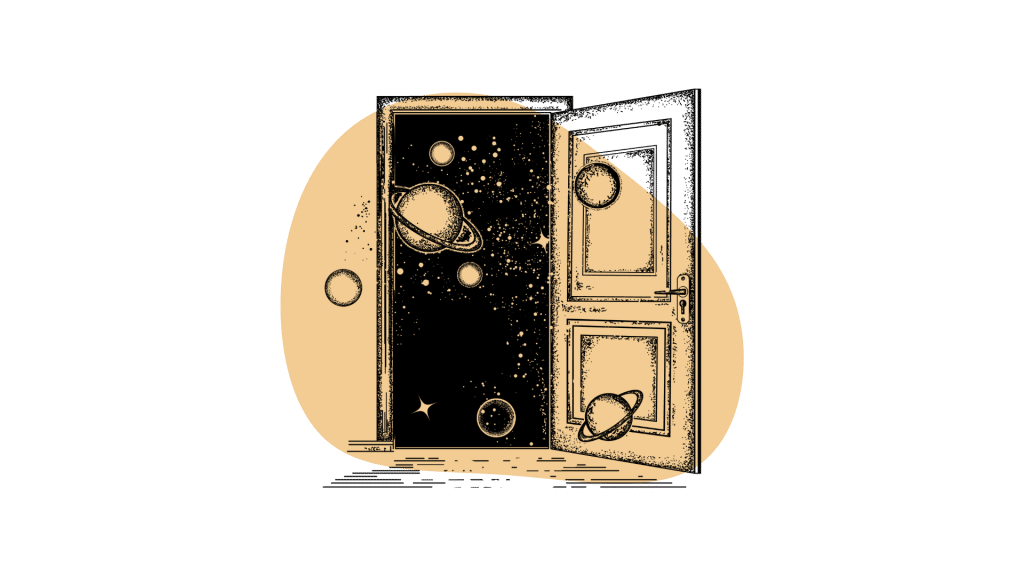
5. Oneirogens For Creativity
Oneirogens are substances that intensify dream states.
The word oneirogen comes from the Greek word óneiros, meaning “dream” and gen to “create.” These compounds don’t have much of an effect on the user while they’re awake, but their effects manifest in intense vivid dreams.
Dream-enhancing plants, including Diviner’s Sage (Salvia divinorum), ancient Egyptian blue lotus flower (Nymphaea caerulea), and African dream herb (Entada rheedii), have been used in ancient practices as a form of divination.
Psychologist Dr. Carl Jung suggested that dreams are the psyche’s attempt to communicate with the conscious, rational mind.
According to Jung, the unconscious mind is a wellspring of creative ideas that are tapped into to solve problems outside our realm of conscious thought.
The Creative Process 101
The decades of research on the creative process have shown us that measuring and defining creativity is extremely complex.
Creativity manifests in many different forms, depending on the individual. We know that creative thinking doesn’t happen in one area of the brain — like the left-brain and right-brain myth.
Instead, creativity draws upon the entire brain to draw connections based on experiences, emotions, and thoughts. However, there seems to be a common order for the manifestation of creativity from ideation to execution.
English socialist and psychologist Graham Whales was the first to have proposed a theory on the creative process outlined in his book, The Art Of Thought (1926), based on his observations of different creative types at work.
According to Whales, there are four stages to the creative process — preparation, incubation, illumination, and integration.
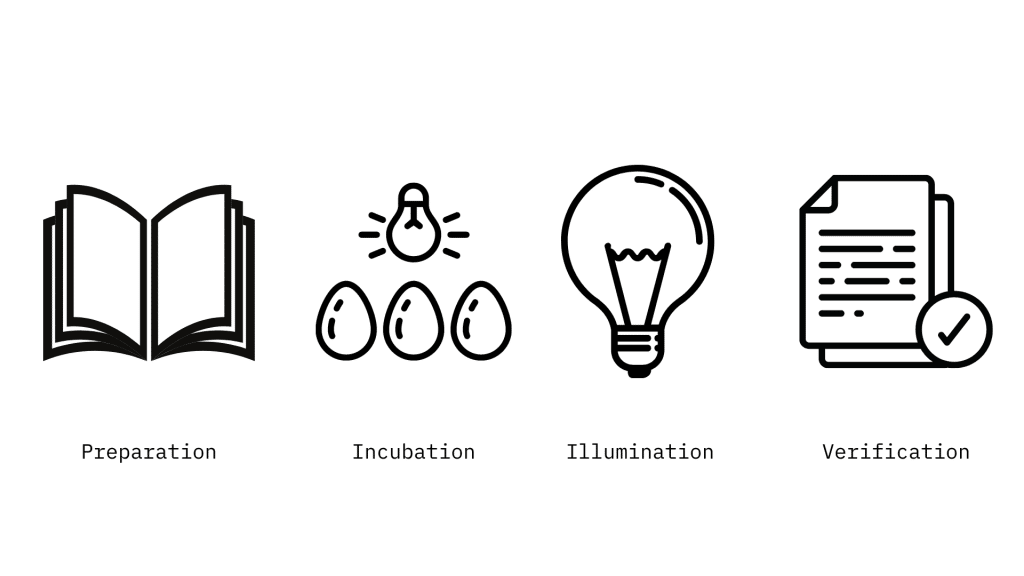
Stage 1: Preparation
Preparation or sometimes called saturation is the stage where one gathers information and inspiration.
Contrary to some beliefs that genuine creative insights pop out of thin air, creative concepts arise as solutions to a problem that already exists. This is the stage in which the creative takes in new experiences and conducts research in preparation for generating ideas.
Stage 2: Incubation
After working on a creative project for a while, it’s a good idea to take a step back to allow your mind to wander, rest, and nurture the unconscious thought process.
The unconscious mind will take these new experiences, knowledge, feelings, and ideas and combine them in different ways to come up with unique solutions. This is also where psychedelic drugs and the inhibition of the DMN may help you think in more divergent ways.
Stage 3: Illumination
The illumination stage is the light bulb moment “aha” moment. This occurs when the unconscious has gathered enough pieces to form a new idea.
Stage 4: Integration
In the fourth stage, you’ll start to build on your new idea using critical thinking and evaluating skills to test whether this new idea is worth pursuing.
At this stage, a writer may write a draft. This is also where they may crumple up the work and start from scratch. However, if it meets the expectations, they’ll polish and reiterate as needed or start in a new direction.
Either way, the individual must play with the idea at the integration stage until it forms into something worth building upon.
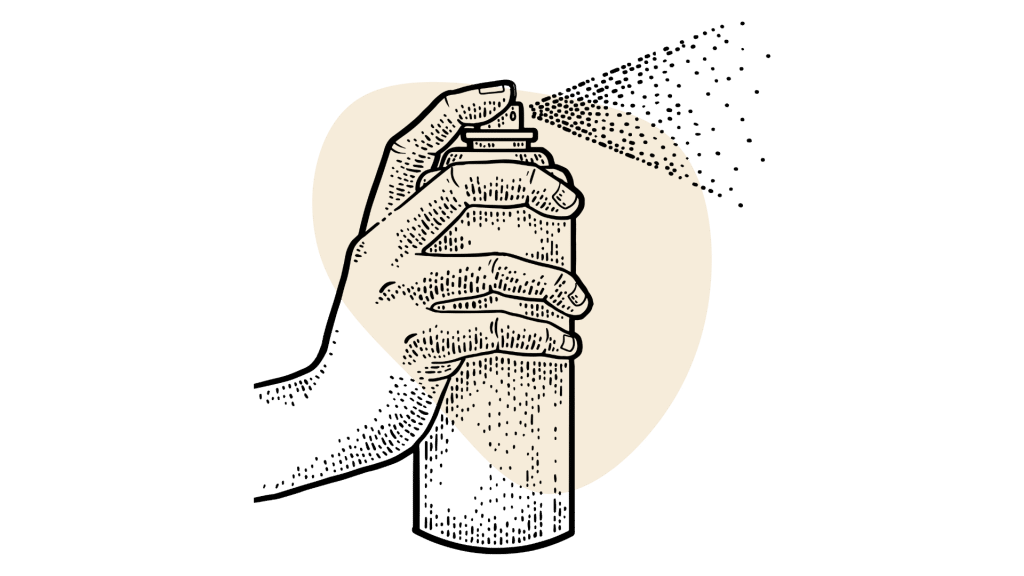
Key Takeaways: Will Psychedelics Make Me More Creative?
Innovation occurs when you develop new combinations of old elements. If creativity is about forming new links between past experiences, thoughts, inspiration, and feelings in your brain, psychedelic drugs can be a useful catalyst in supporting your creative process.
The reflective nature of psychedelics can help magnify your creative challenges, opening the floodgates of neural communications in different parts of the brain that otherwise wouldn’t normally link together.
However, there’s more to the creative process than using psychedelics. As human beings, we’re inherently wired to think creatively, and problem solve.
Psychedelics are a useful tool for introspection and encouraging divergent creative thinking, but it shouldn’t be the only tool relied on to build creative muscle. Streamlining one’s workflow, finding sources of inspiration, preparation, and most important of all, experimenting with your expression will go a long way in improving your creative work.
References
- Harman, W. W., McKim, R. H., Mogar, R. E., Fadiman, J., & Stolaroff, M. J. (1966). Psychedelic agents in creative problem-solving: A pilot study. Psychological Reports, 19(1), 211-227.
- Natasha L. Mason, Elisabeth Mischler, Malin V. Uthaug & Kim P. C. Kuypers (2019) Sub-Acute Effects of Psilocybin on Empathy, Creative Thinking, and Subjective Well-Being, Journal of Psychoactive Drugs, 51:2, 123-134
- Papo, D. (2016). Commentary: The entropic brain: a theory of conscious states informed by neuroimaging research with psychedelic drugs. Frontiers in human neuroscience, 10, 423.
- Tagliazucchi, E., Roseman, L., Kaelen, M., Orban, C., Muthukumaraswamy, S. D., Murphy, K., … & Carhart-Harris, R. (2016). Increased global functional connectivity correlates with LSD-induced ego dissolution. Current Biology, 26(8), 1043-1050.

